
Nucor gives updates on new capacity coming online
Nucor said several of its capital projects will start operations within the next year and provided an update on them.

Nucor said several of its capital projects will start operations within the next year and provided an update on them.

Canada’s Algoma Steel swung to a loss in the first quarter amid "market challenges," and the company now expects first steel production from its first EAF in the second quarter.
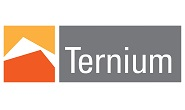
The steelmaker now expects the new steel slab mill in Pesquería will begin operations by Q4’26.
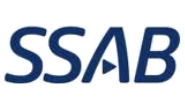
The project will expand heat treat capacity at its Axis, Alabama plant

The facility at AMNS Calvert will be the first EAF in North America capable of supplying exposed automotive grades with domestically melted and poured material.

Nucor’s top exec Leon Topalian said the benefit of the current administration’s aggressive trade policies “trumps” any risk of potentially higher raw materials prices.

But profits slipped vs. last year.

Nucor’s profits fell precipitously in the first quarter, but the company has a rosier outlook for the following quarter.
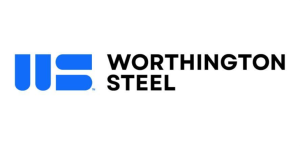
Worthington Steel is preparing to move its corporate headquarters to the Easton area of Columbus, Ohio.

Nucor Corp. has promoted Thomas J. Batterbee to the position EVP of human resources and talent and appointed Elizabeth Bledsoe to the newly created position of president of human resources and talent.
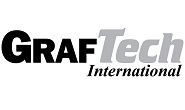
GrafTech International reported a wider net loss in the first quarter amid “global economic uncertainty” and “fluid” global trade policies.

Steel Dynamics' top exec thinks Trump’s tariff policies, as well as the results from the recent CORE case, will prove advantageous to the Fort Wayne, Ind.-based steelmaker and aluminum company.

“We remain deeply concerned about the national and economic security implications of the subject transaction,” the union stated in the letter dated April 21.

The US subsidiary of the Acerinox Group has named Clive Grannum as their new CEO.

A factor in the sales was customers buying ahead of tariff-related price increases.
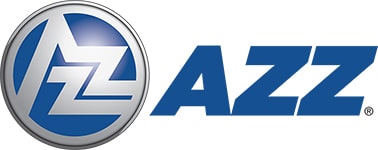
Coil coater AZZ Inc. sees President Trump’s aggressive trade policy stoking demand for coating solutions for steel and aluminum made in the US.

SDI earnings slip in first quarter year over year, but are up sequentially.

Participants on the HARDI Sheet Metal/Air Handling Council call said underlying demand is solid but there are slower pockets in some markets.

AZZ Inc. posted higher earnings in its fiscal fourth quarter, but sales slipped on weather disruptions.

POSCO has signed a Memorandum of Understanding (MoU) with Hyundai Motor Group that includes an equity investment in Hyundai’s previously announced EAF mill set to be built in Louisiana.

South Korea’s POSCO is eyeing linking up with Hyundai Steel in the project to build a steel plant in Louisiana, according to media reports.

This is the Ohio-based steelmaker’s fourth time winning the award.
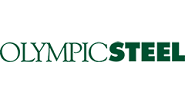
Olympic Steel has named Alex Hegler as general manager for its Action Stainless facility in Rock Hill, S.C.

The company said, “The challenging demand conditions in Europe driven by geopolitical developments, trade and supply chain disruptions and escalating energy costs have affected the operating costs and financial performance."

Elon Musk's DOGE is determining which Department of Energy grants to advance and which ones to terminate, according to several media outlets

Despite ordering a new review of Nippon Steel’s bid for U.S. Steel, President Trump said he is still against selling USS to a Japanese company, according to media reports.

The Canadian steelmaker said its absorbing higher tariffs as it moves forward.

Investment firm Ancora Holdings Group has halted its play for U.S. Steel's board, citing Nippon Steel’s proposed bid for USS “gaining momentum.”

Ancora’s intention to replace U.S. Steel's leadership was first announced in late January.

President Trump has ordered a new review of Nippon Steel’s proposed buy of U.S. Steel, to be completed within 45 days.